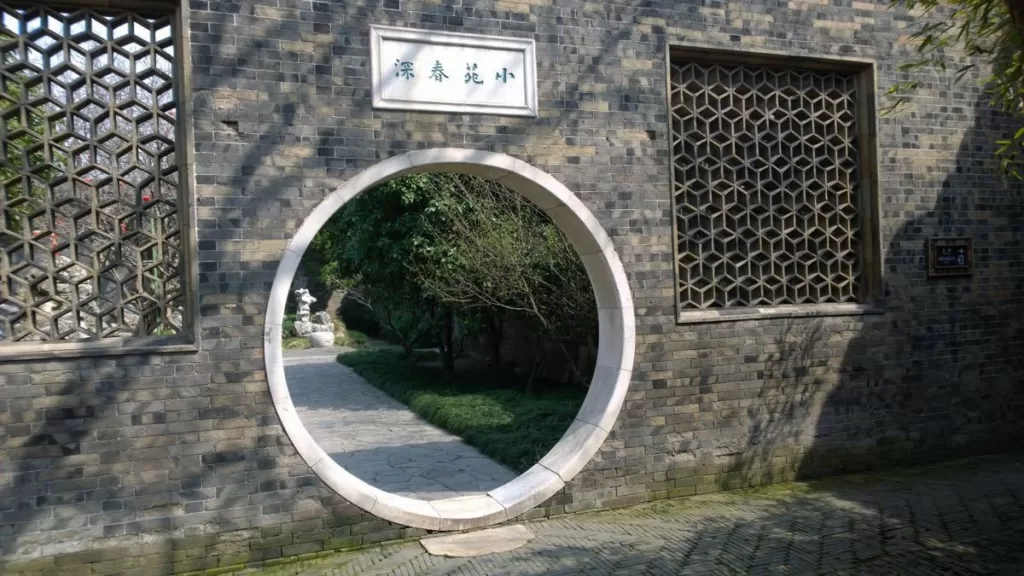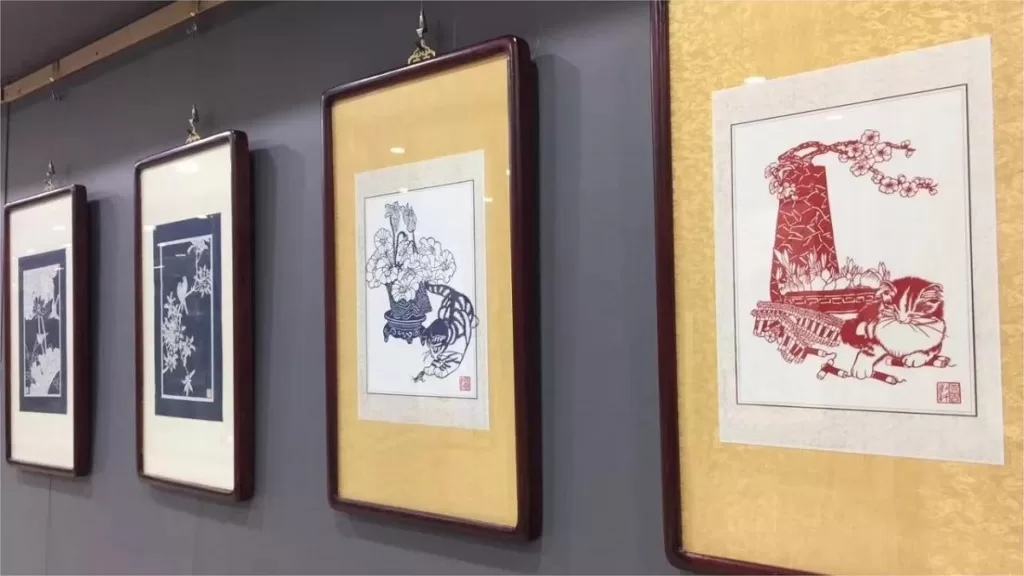Located on a vast expanse of 9,700 square meters, the Shi Kefa Memorial Hall (史可法纪念馆) is a historic site of great significance, dedicated to the memory of the renowned Chinese national hero, Shi Kefa, who valiantly resisted the Qing Dynasty during the late Ming period. This memorial hall is a treasure trove of history and culture, offering a glimpse into the life and legacy of this remarkable figure.
The memorial hall was originally constructed in the second year of the Shunzhi era in the Qing Dynasty, which corresponds to the year 1645. Its primary purpose is to commemorate Shi Kefa, who played a pivotal role in opposing the Qing Dynasty’s rule, and ultimately, he paid the price for his steadfast commitment to this cause.
Table of Contents
- Basic Information
- Location and Transportation
- Layout of Shi Kefa Memorial hall
- Exhibition in Shi Kefa Memorial Hall
- Who is Shi Kefa
- Vlog about Shi Kefa Memorial Hall
- Attractions near Shi Kefa Memorial Hall
Basic Information
| Estimated Length of Tour | 1 hour |
| Ticket Price | Free |
| Opening Hours | 9.00 – 17.00; Last admission: 16.45 Closed on Mondays |
| Telephone Number | 0086-0514-87341311 0086-0514-87339357 |
Location and Transportation
The Shi Kefa Memorial Hall is situated at 24 Guangchumenwai Street in the Hanjiang District of Yangzhou, Jiangsu Province, China. This historic site is located on the southern bank of the ancient city moat, adjacent to the picturesque Meihua Ridge in Yangzhou.
Tourists can take bus 27, 30, 56, 128, Tourist Line 1, Tourist Line 3, get off at Shigongci Stop (史公祠站), and the memorial hall will be just across the river.
Layout of Shi Kefa Memorial hall
At the heart of the memorial complex is the burial shrine of Shi Kefa. Within the shrine, visitors can pay their respects at his clothing tomb. To the west of the tomb, an array of classical buildings can be found, including the ancestral hall, the Guifang Hall, Meihua Xianguan, Fangting, Qingxu Xuan, and Mudan Hall. These traditional structures contribute to the overall charm and serenity of the memorial complex. They create a garden-like ambiance that is both tranquil and reflective.
Exhibition in Shi Kefa Memorial Hall
One of the hall’s most striking features is the rich collection of Shi Kefa’s historical artifacts and documents. These items provide invaluable insights into the life and times of Shi Kefa and the turbulent era in which he lived. Over the course of more than three centuries, countless scholars and poets have made pilgrimages to the shrine to honor Shi Kefa, leaving behind a wealth of poems and tributes, many of which have been engraved on stone tablets that adorn the walls.
A prominent exhibit within the memorial hall is a majestic statue of Shi Kefa himself, situated in the central hall of the complex. The statue, made of woven lacquer and wood, depicts Shi Kefa wearing official robes and a traditional official’s hat. He is depicted sitting upright with a determined gaze, symbolizing his unwavering commitment to his cause. Behind the statue, an intricately carved screen bears the image of delicate plum blossoms, casting slender, elongated shadows that add to the serene atmosphere of the hall. Above the screen, a horizontal inscription reads “气壮山河” (Qi zhuang shan he), which translates to “Energizing the Mountains and Rivers.” The bold and vigorous calligraphy of this inscription speaks to the indomitable spirit of Shi Kefa.
Beneath the protective screen, a few worn and aged bricks are laid out, adding to the sense of history and antiquity that pervades the hall. Flanking the statue are displays of Shi Kefa’s personal belongings, such as ink rubbings of his letters.
Who is Shi Kefa
Shi Kefa, born in Beijing in 1602, was a remarkable figure in Chinese history. He passed the imperial examination in 1628 and was appointed as a magistrate in Xi’an. Over the years, he climbed the ranks, becoming the Minister of War in Nanjing during the Ming Dynasty. In 1644, during the turbulent period when the Qing Dynasty was gaining power, he held the positions of Minister of War and Grand Secretary in the Southern Ming government. He also served as the commander of the Yangzhou army, steadfastly resisting Qing overtures.
Despite pressure and entreaties from the Qing Dynasty’s regent, Dorgon, to surrender, Shi Kefa remained resolute in his commitment to the Southern Ming cause. Tragically, in April 1645, outnumbered and overwhelmed, he was captured and met his end. Unable to find his body, his son built a clothing covered tomb at Meihua Ridge, now a revered part of the memorial hall complex.














While strolling along the city moat in Yangzhou, I unexpectedly wandered into the Shikefa Memorial Hall, which turned out to be the most delightful surprise of my trip. This garden-style memorial hall boasts great views and natural lighting that made for beautiful photos. Aside from learning about Shikefa’s life and spirit, the park also houses the Guangling Qin Society’s historical materials museum. After getting tired from walking, I entered a qin room to listen to the teacher playing the qin,… Read more »